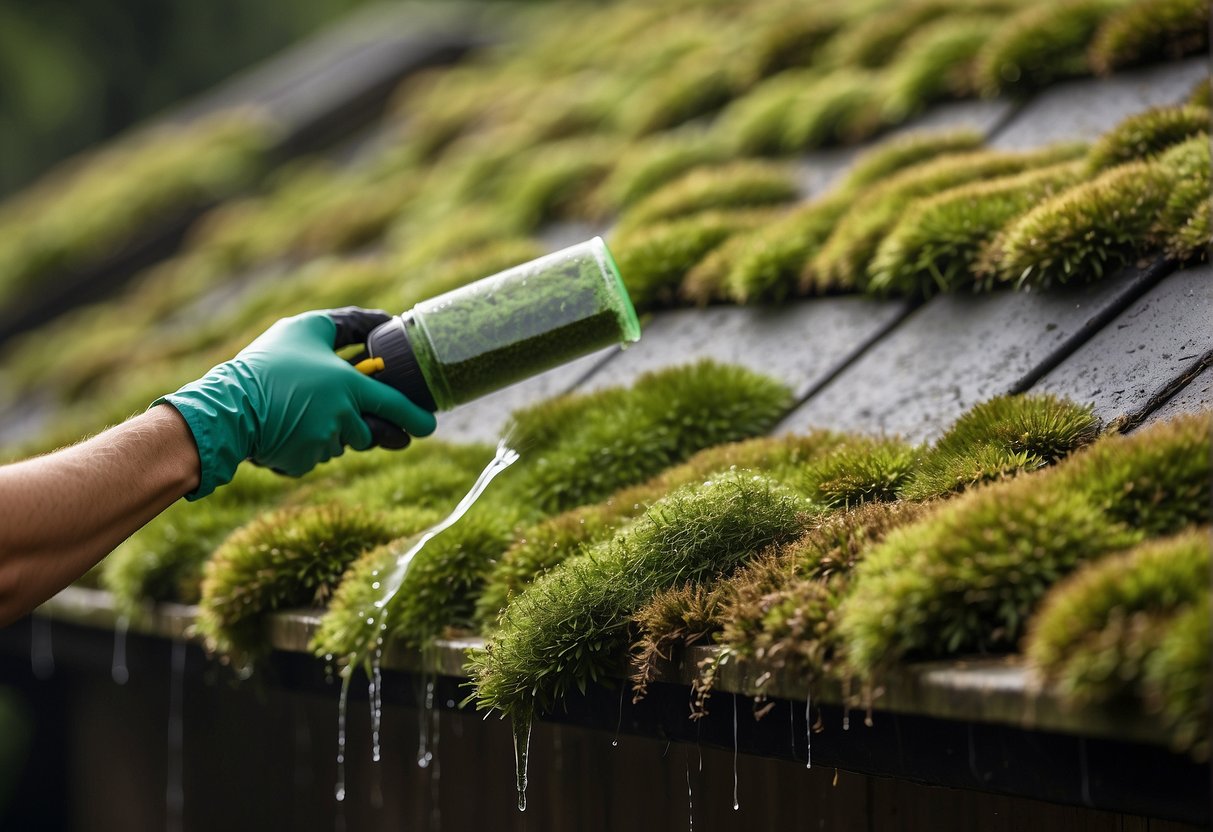Moss growth on roofs is a common issue in many regions, particularly in damp and shaded environments. While moss can add a picturesque, natural aesthetic to a home, it can also cause damage to roofing materials, leading to costly repairs. Homeowners and property managers often seek effective ways to remove moss, but doing so without harming the surrounding ecosystem presents a challenge. Understanding how to strike a balance between maintaining a clean roof and preserving local biodiversity is crucial for environmentally responsible property care.
Understanding the Role of Moss in the Ecosystem
Moss plays a vital role in many ecosystems. It provides shelter for insects, aids in moisture retention, and helps prevent soil erosion. In forested areas, moss contributes to the delicate balance of nature by supporting plant life and fostering microhabitats for various species. However, when it appears on rooftops, moss can cause structural damage by trapping moisture against shingles, leading to rot, leaks, and weakened roofing materials. This dual nature of moss highlights the importance of managing its growth responsibly.
Why Moss Grows on Roofs
The presence of moss on a roof is often a sign of excess moisture and limited sunlight. Roofs that are shaded by overhanging trees or located in humid environments are particularly prone to moss growth. The accumulation of organic debris, such as leaves and twigs, can also provide a fertile environment for moss to take root. Understanding the conditions that encourage moss growth can help homeowners take preventative measures to minimize its spread.
Risks Associated with Roof Moss Removal
While removing moss from a roof may seem like a straightforward task, certain removal methods can have unintended consequences for the surrounding environment. Harsh chemical treatments, for example, may be effective at killing moss, but they can also leach into nearby soil and waterways, affecting plants, wildlife, and aquatic life. Pressure washing, another common method, can lead to shingle damage and water runoff that may disrupt natural habitats. Striking a balance between effective moss removal and environmental protection requires a thoughtful approach.

Eco-Friendly Approaches to Roof Moss Removal
There are several environmentally friendly methods for managing moss growth without causing harm to local ecosystems. One of the most effective strategies is manual removal. Using a soft brush or a plastic scraper, homeowners can gently lift moss from the surface of the roof without damaging shingles or introducing harmful chemicals into the environment. This method requires patience but ensures minimal ecological impact.
Another approach is the use of biodegradable moss-killing solutions. Vinegar, baking soda, and mild soapy water are often recommended as safer alternatives to chemical treatments. These natural solutions break down moss growth without introducing toxic substances into the environment. Additionally, some eco-conscious homeowners opt for zinc or copper strips along their roofs, which release small amounts of metal ions that discourage moss growth without harming surrounding plant life.
Preventative Measures to Reduce Moss Growth
Preventing moss from taking hold in the first place is one of the best ways to minimize the need for removal. Regular roof maintenance, including clearing debris and ensuring proper drainage, can significantly reduce moisture buildup. Trimming back overhanging branches can also help increase sunlight exposure, making it harder for moss to thrive.
Using roofing materials that are resistant to moss growth is another long-term solution. Some shingles are treated with algae-resistant coatings that inhibit moss and lichen formation. Additionally, proper roof ventilation can help control moisture levels, reducing the likelihood of moss taking root.
Supporting Local Biodiversity While Maintaining a Clean Roof
In the process of removing moss from a roof, it is important to consider how the surrounding ecosystem may be affected. Ensuring that removal methods do not disrupt beneficial plant and animal life can make a significant difference. Rather than disposing of moss as waste, homeowners can repurpose it for composting or as mulch for gardens, reducing waste and contributing to soil health.
Additionally, choosing organic and non-toxic treatment options helps protect nearby plants, insects, and wildlife. Homeowners who take an environmentally conscious approach to moss removal can maintain the structural integrity of their homes while also supporting local biodiversity.